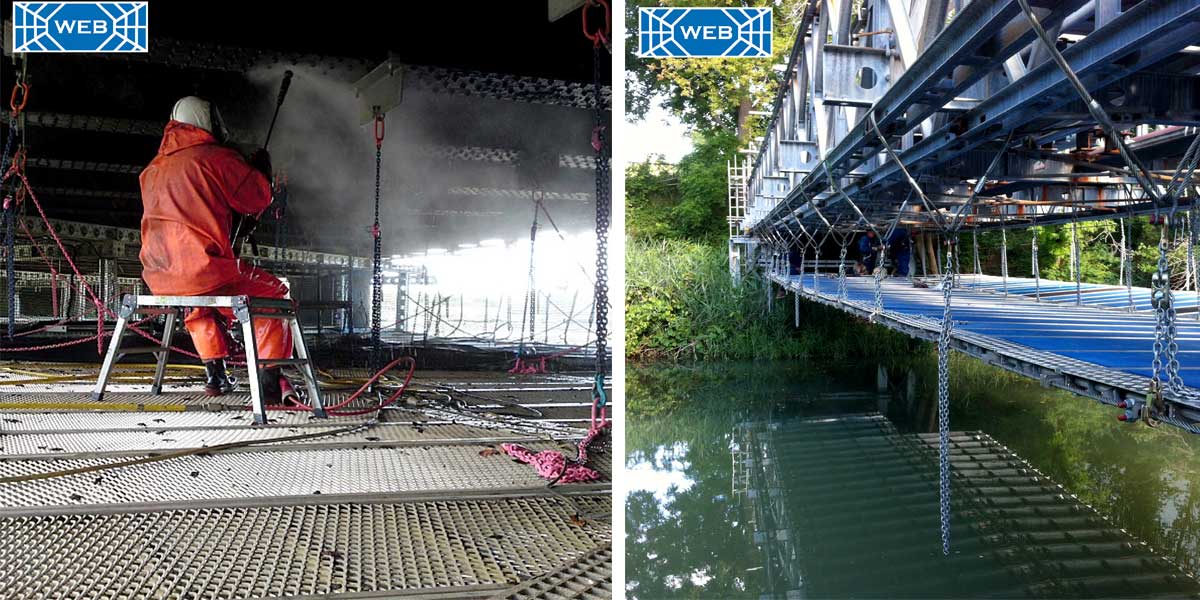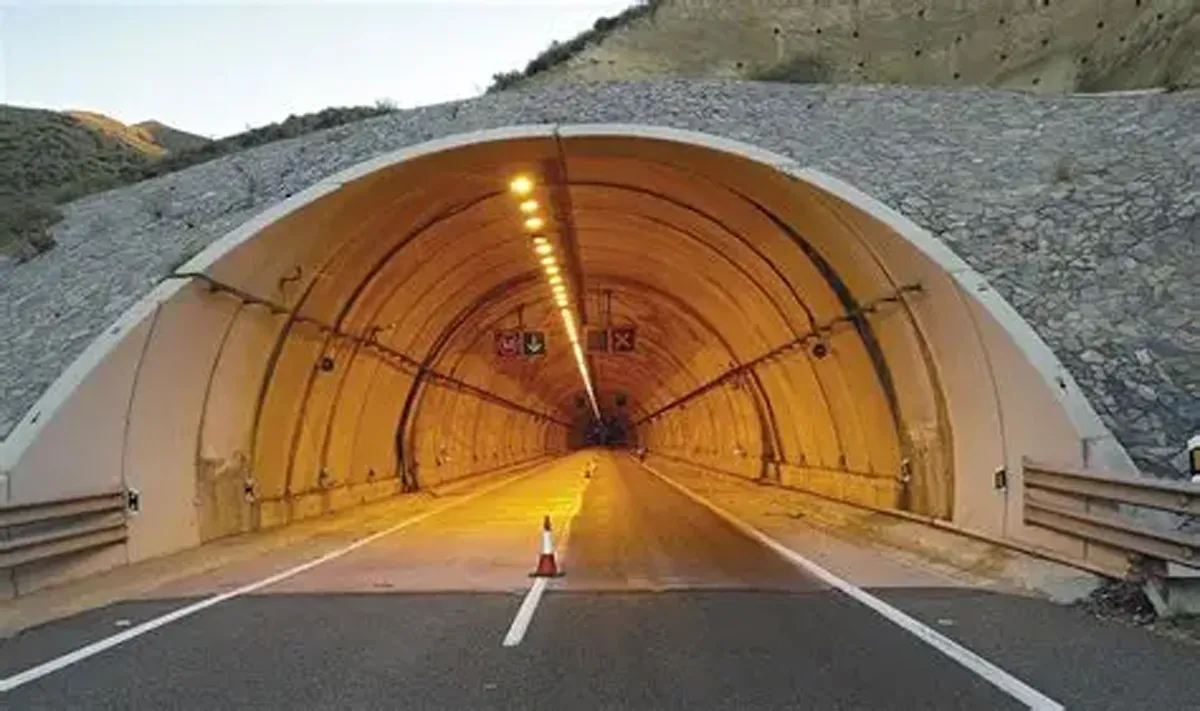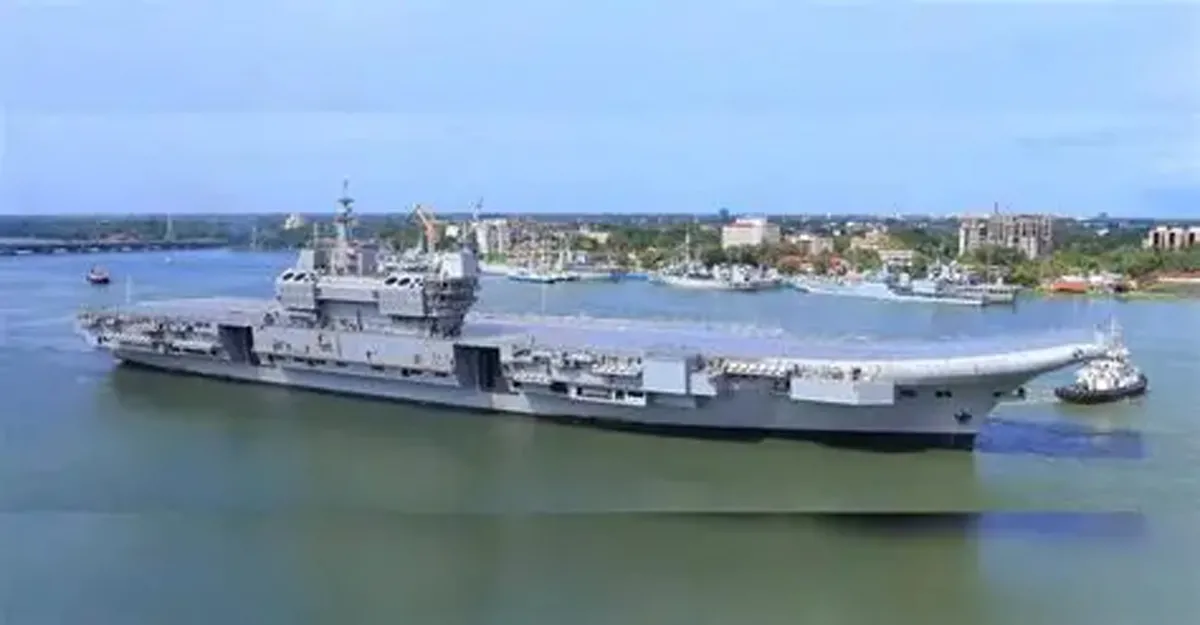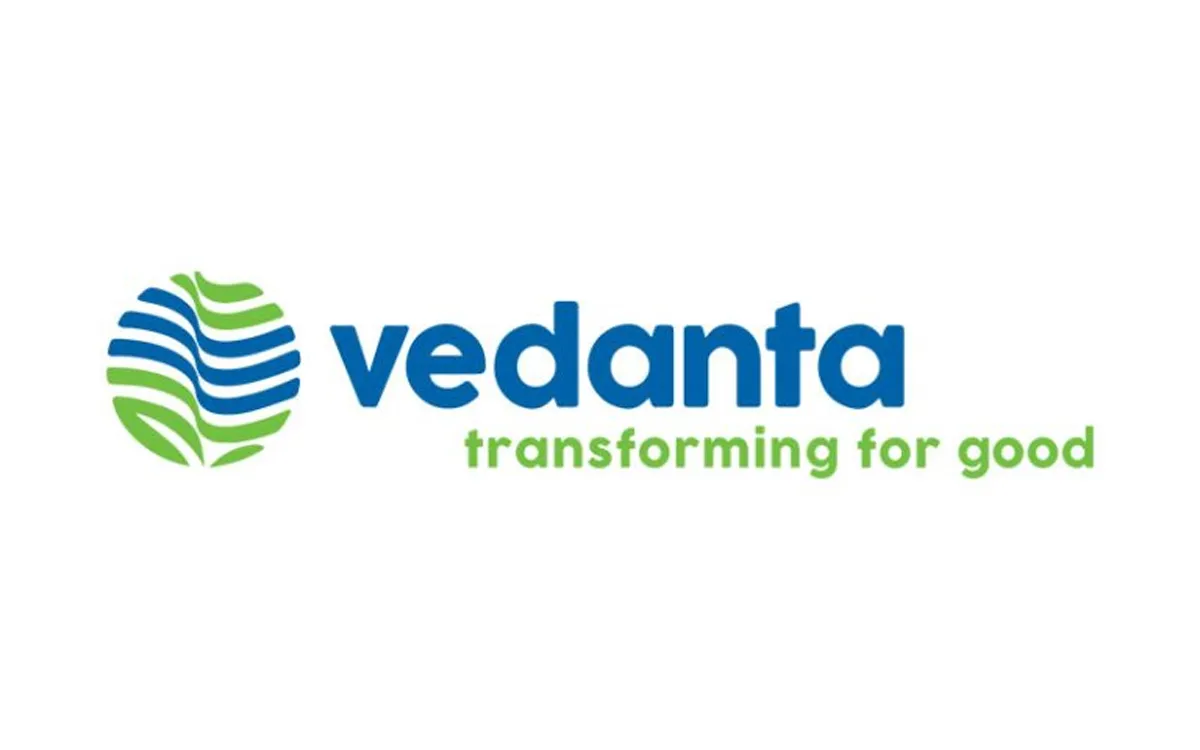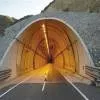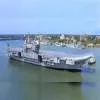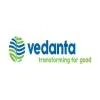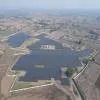Inspecting bridges can be dangerous, so how do we minimise risks, both inherent and associated with the very potentially unstable structures that must be repaired? WEB Systems International has the solution.
_________
Bridges form an essential part of modern day economic and transportation systems. They can be used to connect islands that can span several kilometres into deep seas, connect stretches of separated lands - as well as joining cities, separated by lakes and rivers. Mostly, bridges are made of concrete and steel. Both these materials offer distinct advantages over other materials, owing to their wide-ranging availability throughout the world, cost-effectiveness, and superior performance.
But they get old. And when they do, their properties degrade. They need monitoring and programmed maintenance, if the integrity of the structure is to be preserved. Likewise, jetties have been with us for many centuries now. When sea trade was at its peak and commerce started to shape the world, jetties were constructed for the harbouring and offloading ships. Modern day jetties are often constructed to serve the purpose of both docking heavy ships as well as providing observation decks for tourists. Again, with a construction of timber and concrete, jetties also face similar environmental challenges to bridges, and in some cases, these can be more severe requiring even more timely inspection and repairs.
Many different non-destructive tests (NDT) have been designed by engineers and transportation officials for checking the integrity of the bridges, jetties and similar assets. They range from visual inspections to drilling cores, performing tests such as ultrasonic pulse velocity test, Schmidt rebound hammer test, acoustic tests to nuclear tests. Almost all of these tests and repair works will involve working under the bridge decks at some point … which brings us to the central issue.
Carrying out work below bridge decks, or jetties, for testing and repair purposes - especially when it involves dangerous working conditions - can require additional considerations for keeping operatives safe. In an increasing number of situations, traditional methods of access, such as regular scaffolding, cannot provide the ‘gold standard’ in safety, expected, in the 21st century.
Inspecting bridges can be quite dangerous. In addition to inherent dangers that can include being suspended from significant heights, moving around and over potentially unstable structures, and working in and around water, personnel are regularly exposed to outdoor elements, inclement weather, traffic, and more. Significant investment in training is required to ensure safe working conditions for bridge inspectors to minimise risks. The bridge repair challenges become even more problematic when heights become an added factor. So, a novel method of access is required which can address all these challenges.
WEB Systems International offers a unique suite of solutions that addresses all of these predicaments. Most regularly installed by industry-certified and experienced rope access professionals – who have undergone further instruction in the installation and removal of WEB Systems – the products enjoy a successful track record of deployment around the world.
The company’s main products offer improved safety, reliability, cost-effectiveness, and easy installation. These include WEB Deck, WEB Catch, WEB Net and WEB Map.
Their flagship product WEB Deck offers a viable solution to businesses, governmental, and engineering organisations around the world who are involved in the repair works associated with bridges, jetties, and offshore structures. Salient features of WEB Deck include:
Lightweight structure having a load of just 14 kg/m2
Can carry uniformly distributed load (UDL) up to 2.5 kN/m2 (50 lb/ft3)
Easy to assemble and can be hung under bridge decks using robes and cables
Can reduce cost and assemblage time by 50% when compared to ordinary scaffolding in certain situations
A factor of safety kept at 4:1 for its design
Provides a stable working platform for performing wide variety of heavy repair works
The above-mentioned features indicate not only a reliable and durable platform for catering to the needs of bridge repair works but also offer the ability of engineers to give a green light to heavy repair works. One of the notable features of this type of deck is that it can be assembled in half the time when compared to ordinary bridge deck scaffolding without imposing sufficient extra load on the bridge that might prove to be catastrophic. So, engineers have this potential safety “cushion”, which they can use to perform critical bridge repair works ranging from concrete coating, steel bridge welding, installing of drainage pipes, etc. on a stable platform without worrying for the safety of their workers and technicians.
The products of WEB Systems International can be used individually as well as in conjunction in an innovative manner to assist the bridge engineers and technicians to perform not only repair works but also help in performing NDT tests on bridge piers, bridge girder etc. in extreme conditions safely and efficiently.
Mtandt’s Director Gopal Modi is excited by the opportunities that the new WEB technology can bring to the region. “Introducing WEB Systems to the Indian market is, in many ways, a “game changer” for companies who wish to improve the standard of safety for their employees working at height with genuine full “life-cycle value” propositions.”
In a recent move to strengthen its presence in the Indian market, WEB Systems International has signed a distribution partnership deal with the Mtandt Group, a well-respected name in the ‘working at height’ industry, having been providing mobile access solutions – and manufacturing an array of high-quality aluminium products for industry – for over four decades.
